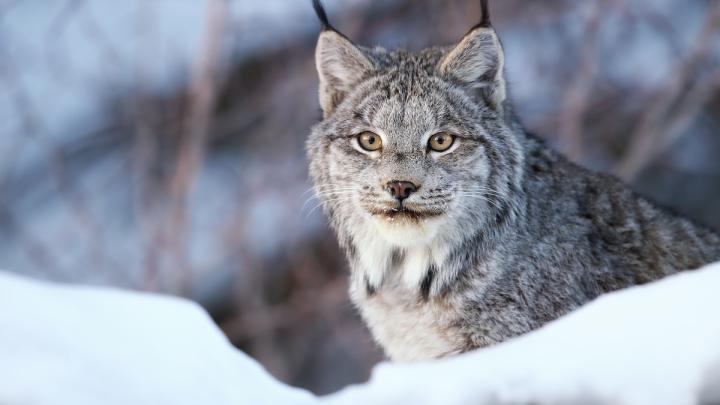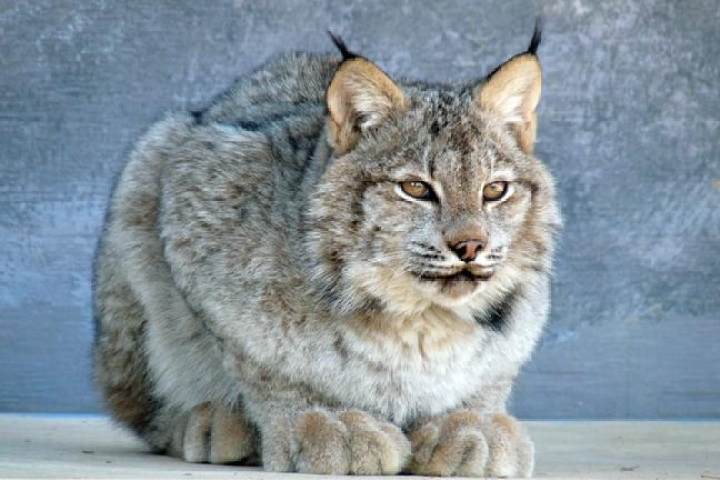
The lynx belongs to the cat family. It is similar to a cat but much larger than a cat. It has a stout body and a very short tail, usually less than 1/4 of the head and body length. The lynx's limbs are thick and strong. There are black tufts on the tips of the ears. The cheeks have long drooping hairs. Its upper body is light brown, khaki brown, light gray-brown or hemp-brown, or grayish-white with light brown tones; the ventral surface is light white, yellowish-white, or sandy yellow. The end of the tail is black.

Lynx is a cold-resistant animal and basically belongs to the cold region of the north temperate zone. Even if it is south of 30 degrees north latitude, it lives in the cold alpine zone and is the most northerly distributed cat. Its habitats are extremely diverse, ranging from subarctic coniferous forests, cold temperate coniferous and broad-leaved mixed forests to alpine meadows, alpine grasslands, alpine shrub grasslands, and alpine deserts and semi-deserts.

The height of their habitat can range from the plains of hundreds of meters above sea level to the plateaus of about 5000 meters. It lives in forests and thickets, and is more common in dense forests and mountain rocks, and lives in caves and rock crevices. The lynx is a wild animal that lives in isolation and is active in vast spaces alone. It is a nocturnal hunter with no fixed nest. During the day, it can lie on the rocks to bask in the sun, or hide quietly under the big trees for shelter from the wind and rain. It can either hibernate alone for several days in an area of several hectares, or run continuously for more than ten kilometers without stopping. Good at climbing and swimming, strong hunger tolerance.

It can lie still in one place for a few days, not afraid of severe cold, and like to hunt and kill medium and large beasts such as roe deer. The activities are frequent in the morning and evening, and the range of activities depends on the abundance of food, with occupational behavior and fixed excretion sites. The lynx has a cunning and cautious temperament. When in danger, it will quickly flee to the trees to hide, and sometimes lie on the ground and pretend to die, so as to avoid the attack and injury of the enemy. In nature, tigers, leopards, snow leopards, bears and other large beasts are the natural enemies of lynx. If they encounter a pack of wolves, they will be closely chased and surrounded and killed, and it is generally difficult to escape.







